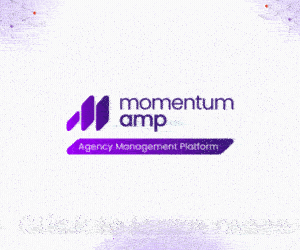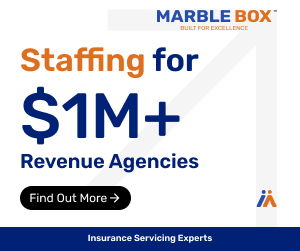It’s an old story – you think you have a solid relationship with your banker, until you need a loan. Sure, banks are in the business of lending. But most bankers are used to lending against hard assets. They are reflexively real estate and car note lenders. They like having something they can foreclose or repossess if you should default.
But insurance agencies don’t have much in the way of hard assets. Your real assets aren’t physical. They’re better than that: Your primary asset is the expectation of a continued stream of new business commissions and premium renewals. When agencies borrow money, it’s typically secured by cash flows. Not assets.
You’d think bankers would like this. After all, it’s a lot easier to convert cash flows to payments than it is for them to foreclose on a house. But for a variety of reasons, ranging from regulatory concerns to industry habits, traditional bankers have been slow to embrace the kind of cash-flow-based loan underwriting that makes the most sense for insurance agencies.
And so a thriving niche industry has grown up, specifically to provide insurance agencies with the capital and liquidity for these common needs:
· Buying out the interests of a retired, disabled or deceased partner or shareholder
· Expanding by acquiring a brand new agency
· Investing in technology or marketing to expand business
· Pay an unexpected short-term expense, such as a fine, judgment or settlement
· Purchase or lease office space
And many more.
Underwriting
There are two major distinctions between traditional bank underwriting and agency lending, says Carissa Newton, Chief Marketing Officer of Oak Street Funding, out of Carmel, Indiana.
The first is a more holistic approach to credit. While banks would generally lend on either business or personal credit, the agency lender is more willing to consider a combination of both credit reports.
The second is a de-emphasis on balance sheets and more of an emphasis on free cash flow each month.
This emphasis helps unlock a lot of liquidity that would otherwise stay wrapped up tight in the business, says Newton. “We can look at the same situation, and a bank might be willing to lend $100,000, but we can lend $500,000,” she says. “We can do this because we do look at cash flows.”
Financial Considerations
What do lenders regard as a reasonable cash flow cushion? “We’re looking for a 1.3 ratio,” says Sam Patterson, CEO of the Texas-based lending firm Springtree Group. “If your monthly nut is $10,000 per month, and you can’t show me $13,000 per month in free cash flow, we have a hard time doing it.”
Applicants should be prepared for a thorough due diligence process. As mentioned, applicants can expect a look at their personal credit. Your credit doesn’t have to be pristine – both Oak Street and Springtree have been known to lend on FICO scores down to the mid-500s, if the firm generates enough free cash flow to provide a margin of safety to the loan.
This kind of due diligence is something not every agency principal grasps right away – but it’s important to put your best foot forward. “I think of it like getting ready for the dance,” says Patterson, referring to the importance of making sure your balance sheets, cash flow statements and other critical financial documents are looking pristine. “You don’t go to the ball wearing shorts and flip-flops! You get prepared!” says Patterson. “You can’t be flippant.”
What will you need? Plan on submitting a few years’ worth of financial statements, including cash flow statements, balance sheets, and interims, along with your own credit personal credit.












